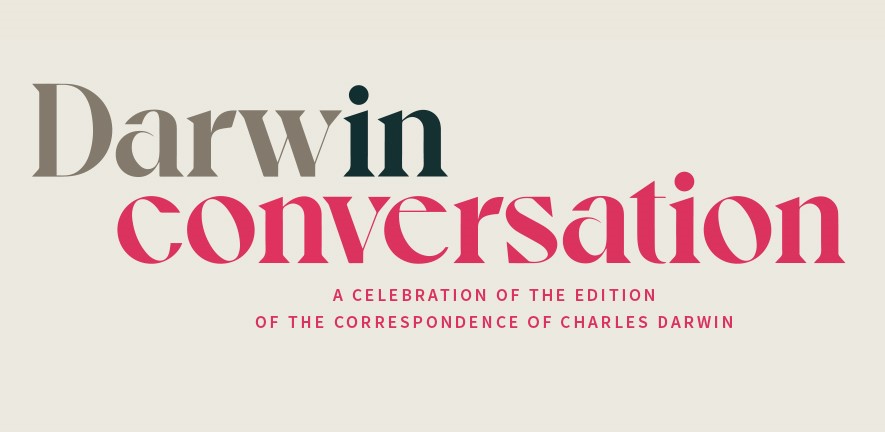I have lately been sadly tempted to be idle, that is as far as pure geology is concerned, by the delightful number of new views, which have been coming in, thickly & steadily, on the classification & affinities & instincts of animals-bearing on the question of species-note book, after note book has been filled, with facts, which begin to group themselves clearly under sub-laws. Letter to Charles Lyell, [14] September [1838]
In 1837, living in London and just off the Beagle, Darwin began tackling the problem of the origin of new species. In a series of pocket notebooks, he recorded observations, readings and ideas that led ultimately to his discovery of natural selection. Projects that Darwin would pursue in correspondence throughout the rest of his life-from pigeon breeding to the origins of morality-commence in these remarkable documents.
Like his letters, the notebooks show Darwin in constant conversation. Darwin did not discover natural selection on the Galapagos, but in the largest city on Earth at the heart of an expanding empire of commerce and trade. Here he could be in dialogue with a vibrant community of naturalists, geologists, economists and philosophers. Darwin jotted down the records of encounters at the zoo and conversations with his barber, dog breeders, sheep farmers, gardeners, and his father and family. He explored the consequences of his theory for religion and morals, and dreamt of execution. The notebooks are private, as the subjects were controversial. But they represent a dense network of social interaction.
The notebooks also show Darwin changing his mind. Initially he theorized that evolution occurred through a developmental process akin to sexual reproduction, drawing on ideas from his grandfather, the evolutionary poet Erasmus Darwin. The early notebooks thus focus on heredity and other topics relevant to reproduction.
In the first of the notebooks Darwin drew three trees. During the past few decades, one of these has become an iconic symbol of evolutionary thinking. For Darwin, however, the Tree of Life was an attempt to work out a specific problem, the numerical balance between extinct and living species. Extinct species are blocked off with a perpendicular line; existing ones are shown to continue. At this stage in Darwin's thinking, it was important that the new species replaced old ones on a consistent basis.
In September 1838, Darwin abandoned his reproductive theory after reading Thomas Malthus's Essay on the Principle of Population, first published in 1798. This was a controversial book on human populations, widely discussed in relation to emigration and reproductive politics. Malthus argued that scarce resources limited population growth. Applying the Malthusian doctrine to the whole living world, Darwin realized that only the best adapted individuals within any species would survive to leave offspring, and that gradual changes inherited over many generations would lead to the formation of new species.
This was Darwin's theory of natural selection, published in the Origin of Species in 1859 and the foundation for the life and environmental sciences today.





